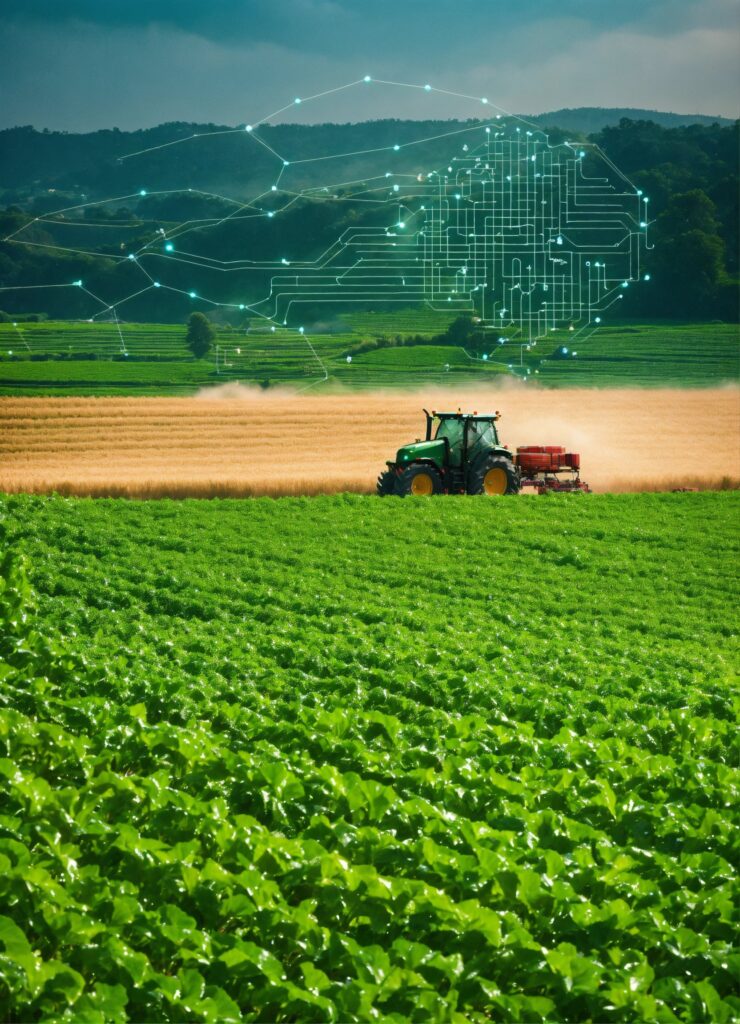In today’s rapidly evolving world, the demand for sustainable materials has never been more pressing. Plastics, omnipresent in our daily lives, present significant environmental challenges due to their reliance on fossil fuels and the difficulties associated with their disposal. A groundbreaking study led by Jeremy Luterbacher’s team at EPFL has revealed an innovative method to producing high-performance plastics from agricultural waste. Published in Nature Sustainability, the research introduces a novel method for crafting polyamides—a class of plastics renowned for their strength and durability, exemplified by the well-known nylons—utilizing a sugar core derived from agricultural waste.
Harnessing Renewable Resources
The new method not only taps into renewable resources but also achieves this transformation efficiently and with minimal environmental impact. Unlike conventional fossil-based plastics, which rely on aromatic groups for rigidity and performance properties, this process utilizes a sugar structure prevalent in nature and generally non-toxic, to impart similar performance attributes.
The team’s approach involves the conversion of dimethyl glyoxylate xylose, a stabilized carbohydrate sourced directly from biomass like wood or corn cobs, into high-quality polyamides. This conversion process is notable for being catalyst-free, thereby minimizing the use of additional chemicals and reducing waste generation. The resulting bio-based polyamides exhibit properties that rival their fossil-derived counterparts, offering a promising alternative across various applications.
Catalyst-Free Conversion Process
Lead author Lorenz Manker and his team devised a catalyst-free process to convert dimethyl glyoxylate xylose, a stabilized carbohydrate sourced directly from biomass like wood or corn cobs, into high-quality polyamides. Impressively, the process boasts an atom efficiency of 97%, ensuring almost all the starting material contributes to the final product, thereby minimizing waste generation.
Properties of Bio-based Polyamides
The bio-based polyamides exhibit properties that rival their fossil-derived counterparts, offering a promising alternative across various applications. Furthermore, these materials demonstrate remarkable resilience through multiple cycles of mechanical recycling, retaining their integrity and performance—a crucial aspect for managing the lifecycle of sustainable materials.

Potential Applications with Reduced Carbon Footprint
The potential applications for these innovative polyamides are extensive, spanning from automotive components to consumer goods, all while significantly reducing the carbon footprint.
Techno-economic analysis and life-cycle assessments conducted by the team suggest that these materials could be competitively priced against traditional polyamides, such as nylon 66, while reducing global warming potential by up to 75%.
Conclusion
In conclusion, the research conducted by Jeremy Luterbacher’s team at EPFL represents a remarkable advancement in the field of sustainable materials. By leveraging agricultural waste to produce high-performance polyamides, this innovative approach not only offers a sustainable alternative to traditional plastics but also demonstrates economic viability and reduced environmental impact. With further development and adoption, these bio-based polyamides have the potential to revolutionize plastic production and contribute significantly to a more sustainable future.
Click Here For More Innovations
FAQs
- How does the new method of polyamide production differ from traditional methods?
- The new method utilizes a sugar core derived from agricultural waste, whereas traditional methods rely on fossil fuels.
- What are some potential applications of bio-based polyamides?
- Bio-based polyamides can be used in automotive components, consumer goods, and other applications where traditional plastics are used.
- How do bio-based polyamides compare to fossil-derived polyamides in terms of performance?
- Bio-based polyamides exhibit properties that rival their fossil-derived counterparts, offering similar performance attributes.
- What is the environmental impact of bio-based polyamides compared to traditional plastics?
- Bio-based polyamides have a significantly reduced carbon footprint compared to traditional plastics, contributing to a more sustainable future.
- Are bio-based polyamides economically viable compared to traditional polyamides?
- Techno-economic analysis suggests that bio-based polyamides could be competitively priced against traditional polyamides, while also reducing global warming potential.










